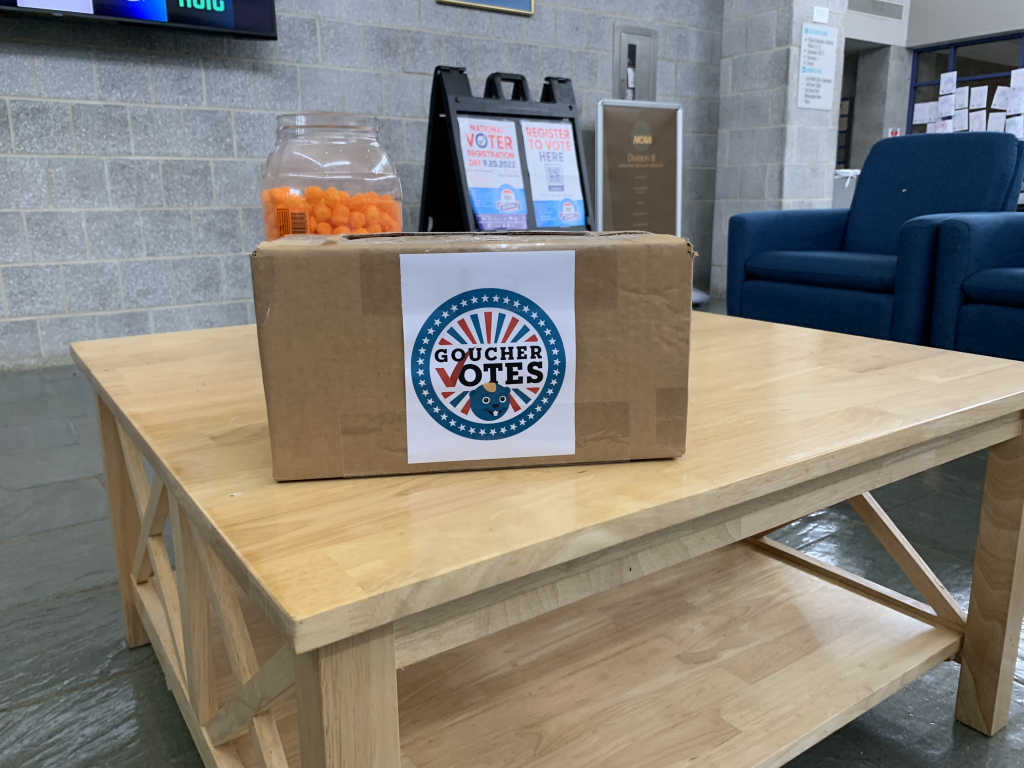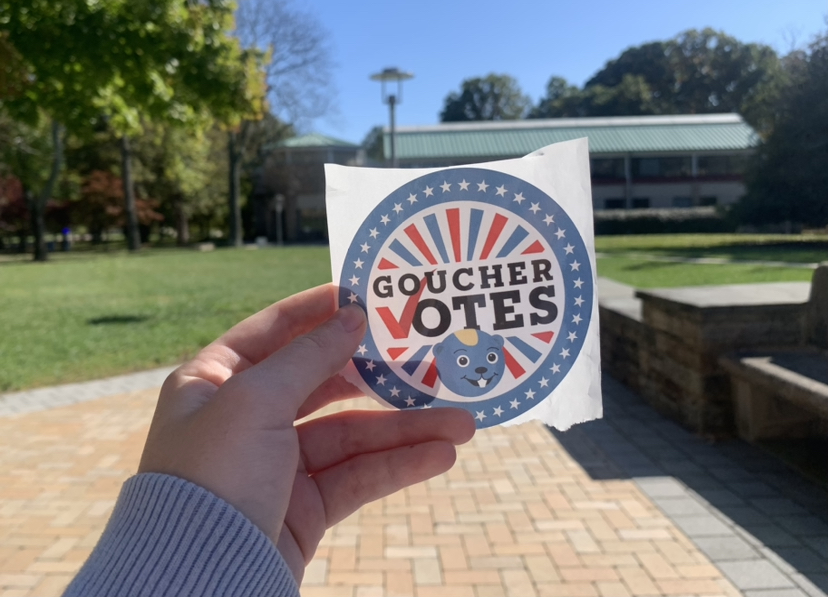The United States has one of the lowest rates of youth voter turnout in the world. According to an article by The Conversation, there is very good evidence that if young people turned out to vote at the same rates as older citizens, American democracy would be transformed. Officials would be more likely to pay attention to areas that young people care about, such as climate change and education, and the people elected to office would “look more like the people they represent.” So why don’t more young people vote?
For many eighteen- to twenty-nine-year-olds who are voting for the first or second time, learning the process of voting, finding a polling place, and researching and learning about candidates can be difficult, especially if they have limited access to voting resources. Beyond this, according to the New York Times, many young adults have “less flexible employment schedules or less financial cushion to take time off to vote or may be in temporary housing situations where they lack deep community ties”.
Although youth voter turnout is very low nation-wide, Goucher College is known nationally for our high student voter turnout.
“In 2020, we had 74.3% of our students coming out to vote, which is higher than the state of Maryland, and higher than Baltimore County,” said Professor Nina Kasinunas, Faculty Chair of Goucher’s Political Science Department, “In the last midterm election, in 2018, we had 49.7% of students turnout to vote.”
Goucher was honored for its student voter engagement at the 2019 ALL IN Challenge Awards Ceremony, which recognizes colleges and universities committed to increasing college student voting rates.
“Every election year we work a system to ensure that students are registered to vote and that they have access to an absentee ballot if they want to vote in their home state,” Kasinunas said.
Goucher’s voter mobilization team, Goucher Votes, recently developed pledge cards where it asks students to “pledge” that they will vote in the 2022 midterm election. On these pledge cards, they will write their name, state, and check off whether they need a voter registration form or an absentee ballot.
“As we get the pledge cards back, we email a voter registration form or absentee ballot directly to the students,” Kasinunas said, “soon, we’ll take all these pledge cards, sort them into which dorm the student lives in, what floor, and their Residential Assistants, under the supervision of the housing director, will take these cards and slide them under the student’s door to remind them that they pledged to vote”.
The voter mobilization team at Goucher has many resources concerning voting and does a lot of voter outreach. The students who completed the pledge cards will typically receive information about vote411.org, which is a non-partisan website that shows what offices are going to be on the ballot, what questions, along with other valuable information.
“It’s a place where you can do easy-access research so that when students get their ballot, they have an idea of how they’re going to go about voting,” Kasinunas said.
Goucher Votes is always at student move-in and has attended Goucher’s First-Year Seminar and First-Year Experience courses. They also organize a “Voter Extravaganza” on National Voter Registration Day in late September every year, where candidates who are on the ballot are invited to come out and give “get out the vote” speeches to students who attend.
Goucher Votes also works in collaboration with the athletic teams and has maintained pledge card stacks in boxes throughout the Decker Sports and Recreation Center.
“In 2020, that collaboration with athletics was a fundamental difference as to why we were able to reach such a broad group of students,” Kasinunas said.

Voting is only one way to engage in a democracy. There are several tools at our disposal, such as advocacy and organizing at the grassroots level. However, it is important to use all these tools, and one of them is in the vote.
“I am absolutely, one hundred percent certain that if young people hadn’t turned out in record numbers in 2020, we would not have seen the Biden administration take action on student loan debt,” Kasinunas said, “I mean, it just never would have happened”.
“We need to think of what government would look like, what actions government and policy makers would take if more young people voted, and we need to imagine it and make that happen,” Kasinunas said, “This is how we shift power; this how we shift agendas… and this is how we really get government to meet the demands of the younger generation”.
Turnout is often lower in midterm election years, especially amongst young people, despite midterm elections being just as important as presidential elections. A low turnout in midterms can lead to small and non-representative groups of Americans making decisions about certain issues such as education, housing, and minimum wage. Therefore, it is of utmost importance to vote to elect leaders and weigh in on ballot measures that will have an impact on your local community. As a young voter myself, if we don’t show up to the polls, decisions will be made about our future without us.
The 2022 Midterm Election is on November 8th, 2022, a date that is quickly approaching. Let’s beat Goucher’s 2018 turnout rate of 49.7%– show up to the polls, cast your ballot, and vote for your future.

